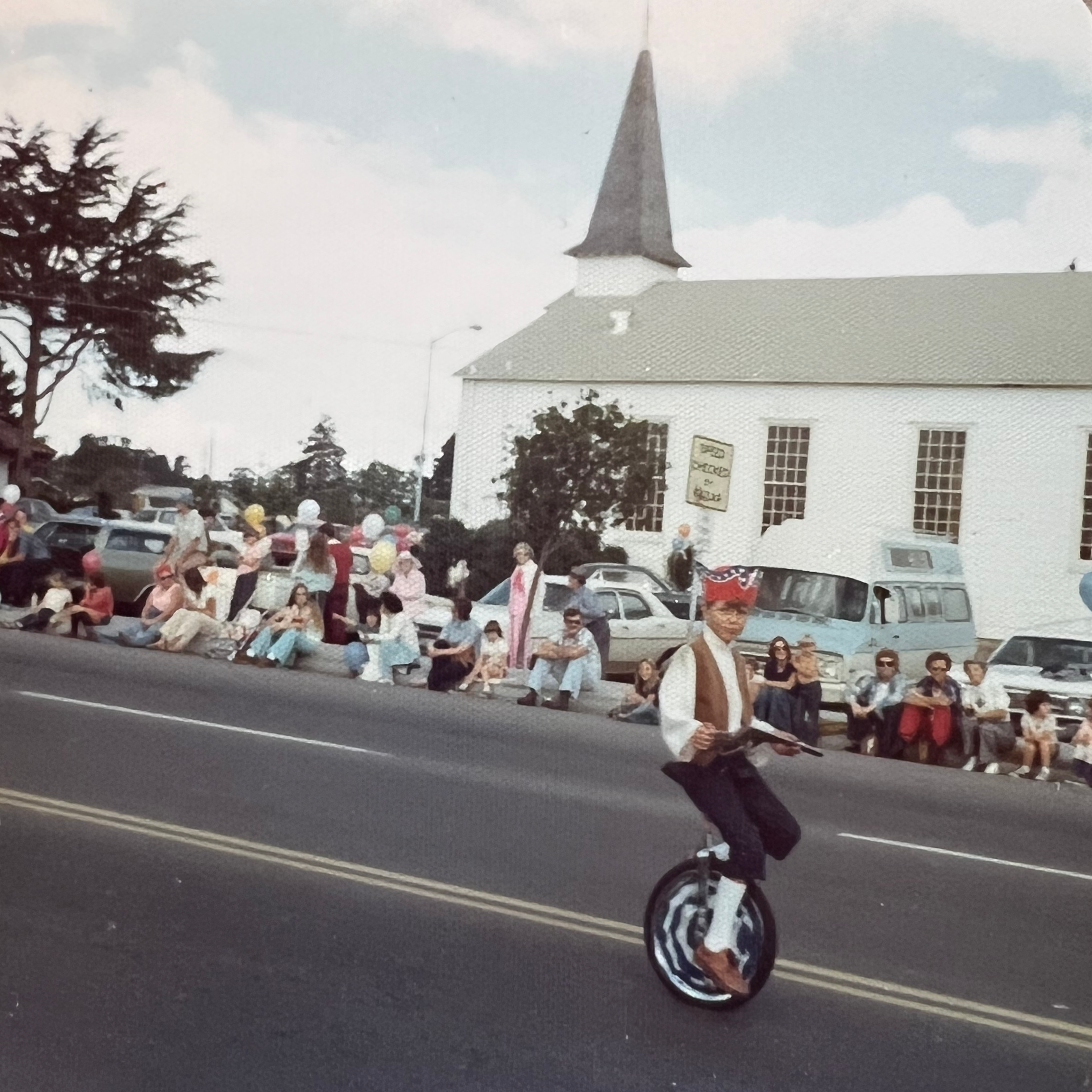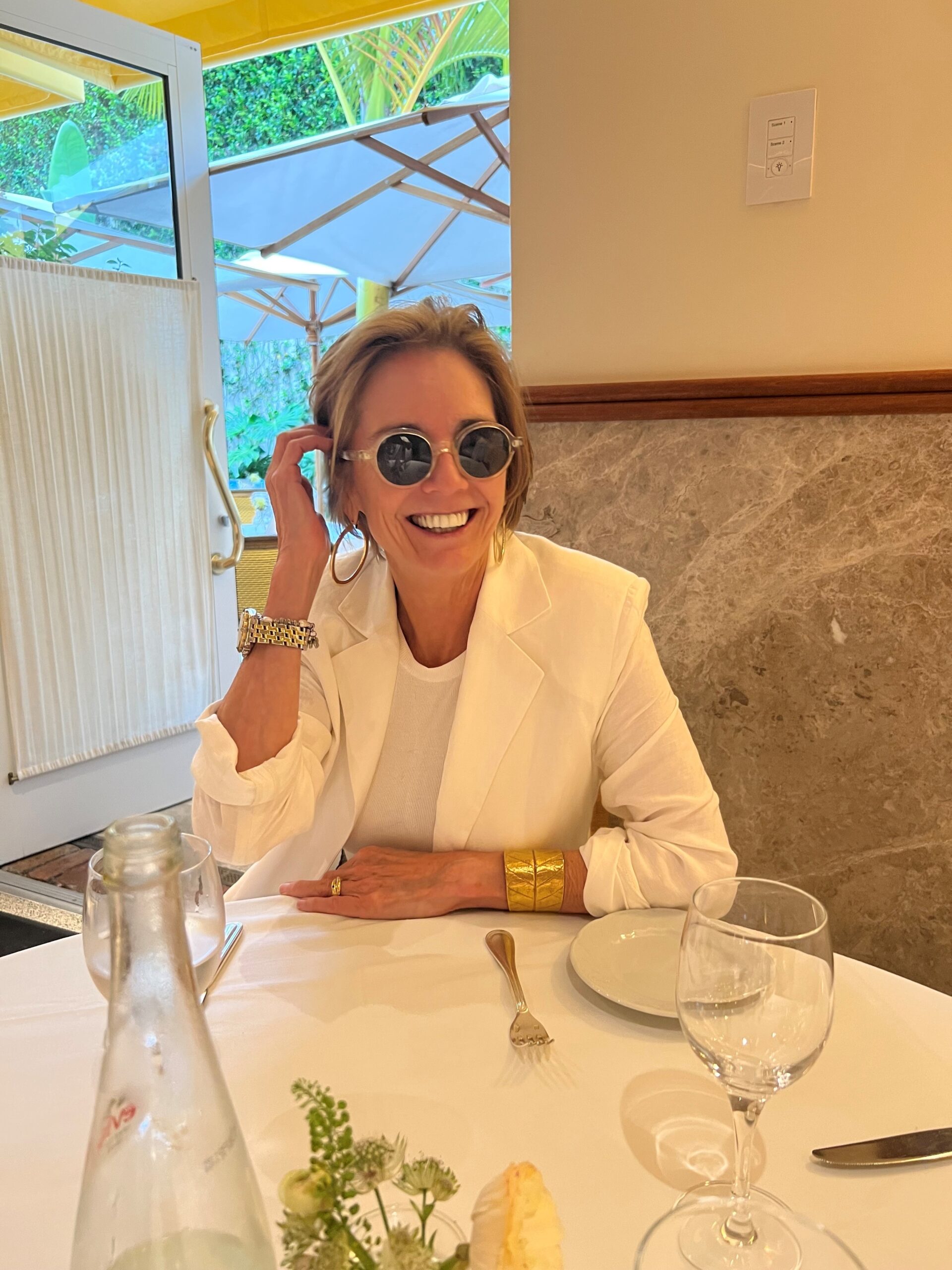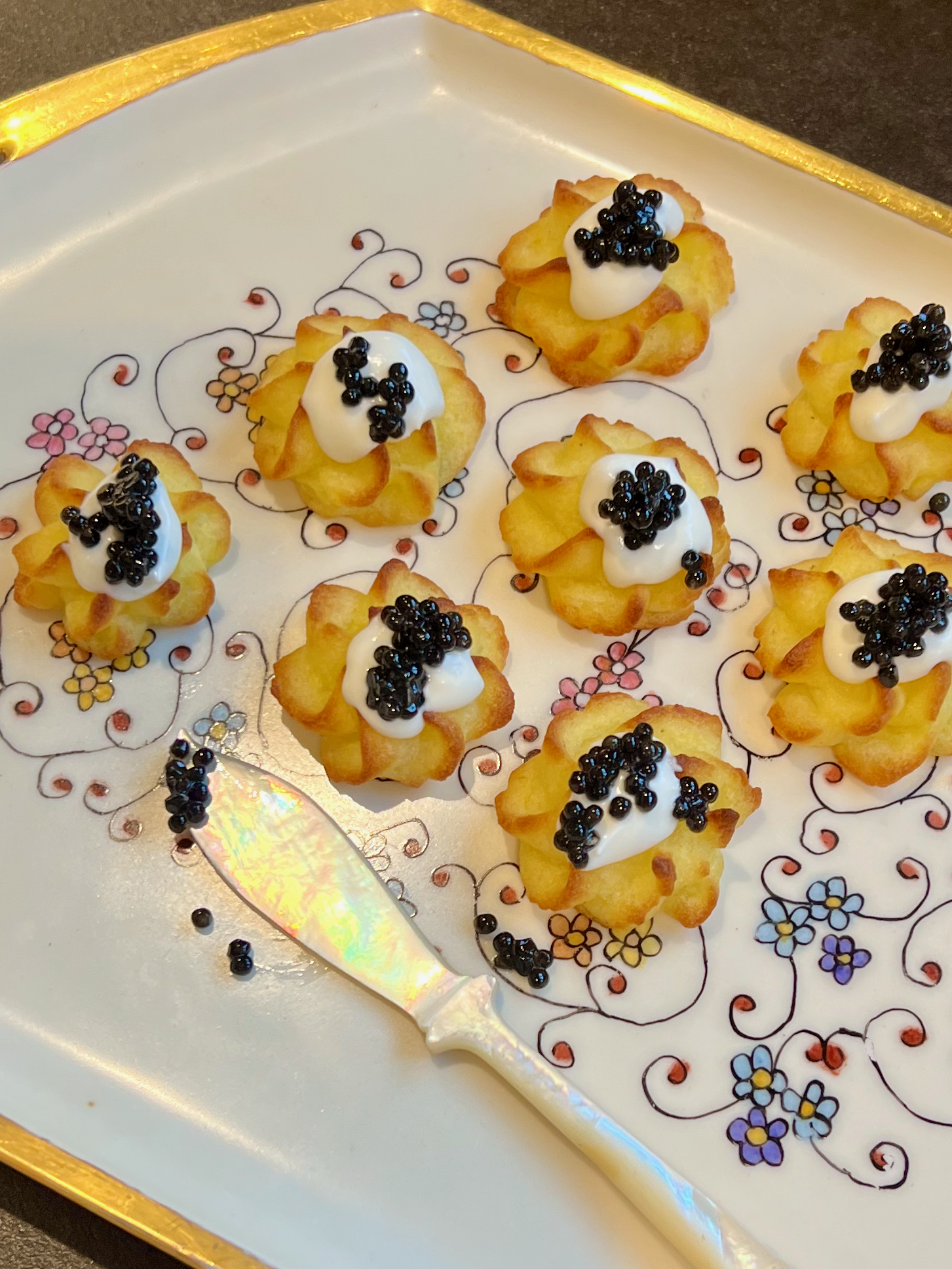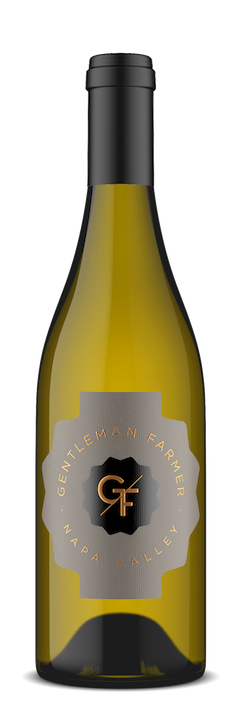August 2024: Issue 44
Notes from the Cellar Parades Past & Present The Moves, The Motion Madame Caviar The Duchess and The Caviar
by Joey Wolosz | Published September 3, 2024
A Note from Joey Wolosz
NB: We have less than 35 days till the Yountville Days Parade. Please reply to this email if you plan on joining our merry contingent. I’ll send you the details.
Last year, over 50 wine club members and guests marched with us as we floated down Washington Street in the Hamlet of the Yount. This fall, we will be bigger, faster, and better. Maybe not faster—parades are meant to be slow—but definitely bigger and better.
In this issue, an examination of psychological roots and parade routes, the moves to keep the party going, a caviar maven, and a recipe to tie it together.
If you’ve found your way here but haven’t subscribed yet, we can fix that:
click this link
Joey
Vintner, Cook, Master of Ceremonies

I have a thing for parades. I was a curious child, making my parents worry and my neighbors wonder. The pull of the promenade started with the Tournament of Roses, commonly known as the Rose Parade. With my parents in 1972, my five-year-old self lined up at 6 am on Colorado Boulevard in Pasadena to see the pageantry live.
After that, the Rose Parade was broadcast into our Central Coast home on New Year’s Day via a Zenith console television. The Wolosz family had a keen interest in the shared parade entry of both Cal Polys: Pomona and San Luis Obispo. The two colleges relied heavily on the strength of their Engineering Departments. Dad had his degree in Engineering, graduating from Fairleigh Dickinson University. He also connected with the college entries because of his time spent in the Architecture program at Cal Poly San Luis Obispo. We would watch for the bi-Poly entry and which trophy it would be awarded – it was always awarded something.
Flash to 1976 and America’s bicentennial. My nine-year-old self submitted the paperwork for my solo entry into the Arroyo Grande Harvest Festival Parade. In celebration of 200 years of American independence, my costume was a Revolutionary War Minute-Man. I was historically represented in threads made by Mom, and I rode a ribbon-spoke-threaded wheel of a child’s unicycle with a three-pointed hat and a musket.
This will be our fourth year in the Yountville Days Parade. The planning, pomping, and production of a good parade entry are in my blood.
Friends Jen Mann and Allison Sands are spinning us around this harvest parade. Their combined tale is a tangle of intrigue, Zumba, secret agents, Chardonnay, and dance. Together, they have outlined this year’s choreography for the Yountville Days Parade, a little something to the tune of Miley Cyrus’ Party in the USA.
Reply to this email to learn the moves, and show up early on parade day to meet these agents of movement.
The parade starts at 11 a.m., so please plan to arrive by 10:30 a.m. at the latest. You can arrive earlier if you want to practice the choreography and put the finishing touches on the float.

Caviar Chat
I was introduced to Maribel Alvarez and her sustainably, ethically sourced caviar, Altima Caviar, through my friend Alayna. Alayna had brought a few tins of Maribel’s delicate roe to our Yountville home and we tasted them atop our brioche with Jeff’s crème fraîche.
Caviar is now more accessible, more affordable, and frankly, more enjoyable than ever. I caught up with the Palm Beach caviar maven to discuss her journey to bring the pleasure of caviar to many.
You can find Maribel on @altimacaviar and @altimapalmbeach
Joey Wołosz:
What brought you to caviar?
Maribel Alvarez:
My taste for caviar started in the 1960s when I was about seven years old and living in Switzerland. Mom would rent a chalet for a month. There were a lot of Iranians around, and there was always caviar. Back then, it was a luxury, a special treat. There was Beluga, Osetra, and Seruga, and that was it. It was wild, and nothing was farmed.
Later, working in the luxury space, I worked with a lot of different caviar companies, different caviar companies for six years. I started growing a palate for it, always tasting. There were all these different caviars and all these hybrids. It was confusing, and I felt that I needed to understand what I was representing.
I felt there was a need for transparency and clarity. I started my company, Altima Caviar, two and a half years ago. We actually go to the farms, vetting them, and understanding the process and the hybrids. For example, a beluga married with a Siberian female makes a beluga hybrid.
We go to the farms. I went to Israel with my colleague, to France, and to Italy. Alayna is going to Madagascar because we discovered a wonderful one there. We create relationships with the Caviar Master.
Caviar was becoming much more accessible and affordable. People are doing bumps and serving it with cocktails.
JW:
What is the process to produce caviar?
MA:
Beluga sturgeon are endangered. Some sturgeon varieties take 25 years to mature, and then there are five years between ovulations.
We wait to harvest the second ovulation, which is good; the optimal is the third ovulation. After that, it goes downhill. For the Siberian, it takes 12 years for it to mature, and they ovulate every three years. You have to wait 35 years for beluga sturgeon before having the optimal beluga, which is why we don’t get any optimal beluga these days. Unless they’re smuggling it from Iran or something, you don’t. With the demand, it is really hard to wait sometimes. The wait for Beluga is two human generations.
I actually wrote an article when I came back from Barcelona. I got a degree in Sturgeon ovulation. I swear.
There are farms that were forward-thinking, understanding 15-20 years ago that we better start farming our caviar. There is one farm in the United States, and we work with them. They have beluga. It’s the only legal beluga you can get in the United States. They brought in the sturgeon 30 years ago before it was endangered, and they started breeding it.
JW:
Do you kill the fish?
MA:
You do kill the fish. I went searching for an organic, no-kill method. My daughter and I went to Barcelona and I tried a couple of different no-kill caviars. They tasted terrible, like rubber. The fish are more stressed because they abort. They open the fish, take the eggs, sew it up, put it back in the water. It sounds wonderful that they don’t kill the fish but there is the stress thing. I don’t think it is more humane.
JW:
What is sustainable and ethically sourced caviar?
MA:
Every country has different regulations; however, pretty much across the board, sustainable means that you are protecting the endangered species.
It’s sustainable and they’re protecting an endangered species because they’re farming it. It is also ethically sourced. The farms have a method that is a lot less invasive to determine the sex of the fish because only the female is going to give you the eggs. Instead of doing an incision or a biopsy, the farms that we work with use the less invasive sonogram method.
We look for ethical practices, the cleanliness of the water, the source of the water, the health of the fish, the freedom to move around, the process of moving the sturgeon into different tanks, and the series of these movements.
In Europe, you can buy caviar with borax in it. Borax is a preservative they use to cure caviar. This caviar can last nine months unopened in the refrigerator. In the US, there’s still a gray area about whether it’s legal or not. California does not allow it.
What makes our caviar different is that we use the “little salt” method, the malossol method, which is strictly salt. The tin will say what the contents are, and our always says sturgeon row and salt.
JW:
How do you like to enjoy caviar?
MA:
It used to be that caviar was for a special occasion. I think now caviar makes a special occasion. You can buy a tin of Kaluga for $38, open it up, and have that experience of celebration. Bring the caviar in, and you’re making a celebration.
If it’s good caviar, I like it straight. I’ll eat it with a spoon. I like it with potato chips. I like it on eggs in the morning for breakfast. I like it on avocado, but I mostly like it straight.
JW:
If you’re new to caviar, where is a good place to start?
MA:
I think the traditional way. The beauty of having crème fraîche, blini, chives, capers, chopped onions, chopped egg whites, and chopped egg yolks. Everything, all pretty. This would be a lavish experience in a nice way, and a good way to introduce somebody for the first time.
JW:
Tell me about your early connections with wine and food.
MA:
I’m Cuban, so everything’s about food. My family was not only about food, it was about following food. I remember being a little girl and getting in the car quickly to make sure that we could have the trout meunière somewhere, and then we had to go and have the duck confit somewhere, and we’d be rushing around.
If I’m going on vacation somewhere, I want to know where I am going to eat. I’m calling the chefs, asking, “What are the best places that are not touristy, that nobody knows about, where the real people go?” I’m a foodie, definitely a foodie.
JW:
How do you access your creativity?
MA:
I’m creative. I really think I’m creating every day. I’m happy when I can let myself go, like in the mountains with hiking and skiing, being somewhere where I can stop my mind. I meditate. That’s how I get more creative. I can also put on some disco music, have a gummy bear at night, and dance.
JW:
Friends and family excluded, who are two people you would like to share a long lingering meal with?
MA:
The Dalai Lama. I actually met him when I was working at the UN. Unfortunately, I did not realize who he was when I met him, I was too young.
Now that I’ve been reading all of his books, I have so many questions for him, and he would be somebody that I would love to have a long, lingering conversation with. I have so many questions about life and Buddhism. This fascinates me.
I think Chef José Andrés. Not only is he a fantastic humanitarian who does so much to help the world, but he cooks great and has a great sense of humor.
I don’t know what I would serve. The Dalai Lama speaks very slowly. Probably Mediterranean mezze or something because he’s a vegetarian, and I’d probably feed it really slowly to him. I’ve been with Buddhist monks before, and they’re slow and they’re calm, they’re everything I’m not. They take their time. The meal would come out in intervals.
I wouldn’t dare serve anything to José Andrés, he’s a chef. I would ask him to tell me what to serve.
JW:
What is your motto?
MA:
Oscar Wilde once said, “Be yourself. Everyone else is taken.” Just be yourself. And be kind; I think, this is really important, especially in this day and age.

As Maribel Alvarez said, “Bring in the caviar, and you’re making a celebration.” With the season of entertaining upon us, we could use something celebratory.
Piped and baked whipped potato bites topped with crème fraîche and caviar are accessible and affordable yet feel a little indulgent. The caviar needn’t break the bank; you can find all manner of options from Kaluga to American Hasselback, with a small tin costing around $50. We enjoy these with chilled Gentleman Farmer Napa Valley Chardonnay.
